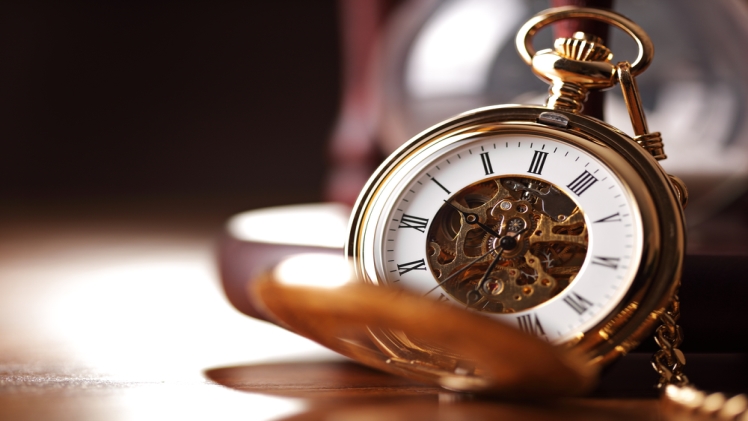Many devices were developed to attempt and tell a certain amount of time, such as burning wet rope, burning oil in marked lamps, sand timers, and water vessels punctured with holes that allowed water to gently drip with signs marking the level of time. Most experienced issues, although the water vessel performed better in warmer areas. The water clock was devised by Platto (c.428-c.347 B.C.), a Greek educator and philosopher.
Section 1: The History of the Pocket Watch
The inventor of the pocket watch is often classified as Charlemagne (742-814 A.D.). One of the most powerful men of his time, he was able to convene a council of great lords of the empire and would have easily been able to design and build a timepiece. It was his descendant Charles the Simple who created the first pocket watches. Despite knowing how powerful the emperor of the Franks was, he went ahead and built a wristwatch as he did not want to show any disrespect to the king. Although Charles was unsuccessful, he was able to convince his father to build a wristwatch that would be impossible to steal. The pocket watch eventually lost popularity with the rise of pocket watches that could be hidden in a person’s pocket.
Why Buy a Pocket Watch?
These days, an interminable count down will never show up on a wristwatch, but this does not mean there isn’t a value to having a pocket watch on hand. All ages will be under the impression that pocket watches are “old school”, but that is not entirely true. Pocket watches were invented as a response to watchmakers who were also starting to invent watches with Roman numerals and more complex designs. For this reason, pocket watches were an easier, less expensive option for all. Another benefit of pocket watches that anyone can understand is the ability to measure the speed of movement. While your hands are in motion, your watch is in motion. However, the rule of thumb is to set your watch to one half the movement, in terms of half the time. Often, pocket watches were sold in pairs.
Visit The Site : getliker
How to Carry a Pocket Watch
First, learn about the dyes and to realize how best to carry your watch. Dyes These usually include any variety of amber colors, blue, green, and red. Naturally-colored dyes such as lead white are also an option, especially for gentlemen interested in precise timekeeping. Or to play off one of your favorite movie or novel themes, perhaps you would prefer a ruby-colored watch? You can follow the steps below for your best option. Step 1: Insert the Watch Pendant in the Lanyard Place the watch on your wrist and then insert the watch pendant into the bottom of the watch lanyard. The cord allows you to hold your watch close to your heart while knowing that it is in full view of passers-by. It is important that the watch and the watch pendant match in color or type (e.g., gold or silver).
Conclusion
Whatever they are made of, every portable time device is capable of telling a person’s precise whereabouts in time.
Read more about: Filmy4Wap

